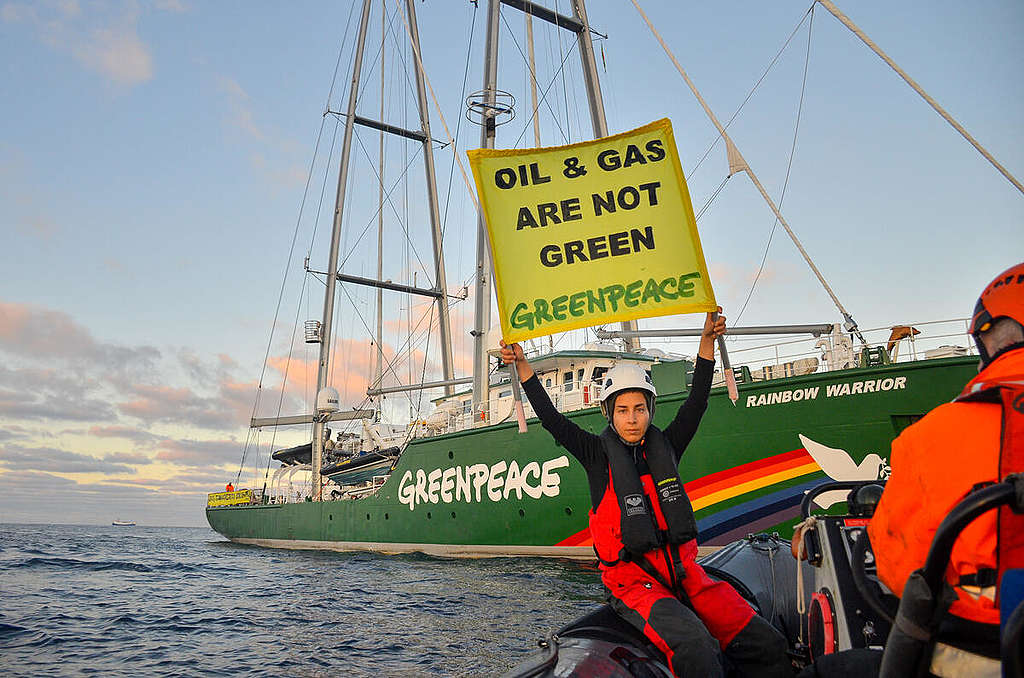Greenpeace Sets Sail to Stop Nuclear Testing

The fishing boat renamed Greenpeace setting sail from Vancouver with activists on deck holding banners.
What Happened?
In 1971, the U.S. planned to test a massive nuclear bomb under Amchitka Island in Alaska’s Aleutian chain. Locals and scientists feared the underground blast could trigger earthquakes or tidal waves, and that radioactive material might seep into the Pacific Ocean.
A small group of Canadian and American activists, calling themselves the Don’t Make a Wave Committee, decided to act. Their plan: sail directly into the danger zone, forcing the world to watch. It was a tactic inspired by Quaker traditions of 'bearing witness' and earlier attempts to block nuclear tests at sea.
They refitted an old fishing boat, renamed it Greenpeace, and set out from Vancouver. Crew members described the vessel not as a warship, but as a 'media battleship,' firing off press releases instead of missiles. Their hope was simple: shame the U.S. government into stopping the test.
The activists never reached Amchitka—the Coast Guard turned them back, and the U.S. delayed but eventually carried out the test in November 1971. The blast was 250 times more powerful than Hiroshima’s, leaving a mile-wide crater and leaking radioactive waste into the ocean.
Yet in another sense, the voyage succeeded. The media coverage was enormous, and public outcry grew. Within five months, nuclear testing at Amchitka was permanently shut down. The little boat that failed to stop a bomb had helped stop all future bombs there.
The group adopted the name of their ship, Greenpeace, for their ongoing work. What started in a church basement and set sail on a rusty trawler quickly became a movement, mixing nonviolent protest, bold stunts, and scientific research to hold governments and corporations accountable.
Greenpeace would go on to confront whalers at sea, hang banners from smokestacks, and launch campaigns against toxic dumping, deforestation, and climate change. Their core philosophy remained the same: peaceful disruption in the name of life on Earth.
The group also defined its independence: no corporate or government funding, no political party ties. Their currency was moral authority and public trust, which they leveraged to shift global conversations about the environment.
Though not every action succeeded, Greenpeace reshaped activism by proving that ordinary people—armed with courage, creativity, and the media spotlight—could influence the behavior of the most powerful nations on Earth.
The voyage of September 15, 1971, reminds us that movements often start small. A boat full of stubborn dreamers helped turn 'peace' and 'green' into one word—and one powerful idea still fighting for the planet today.
Why It Matters
Greenpeace’s first voyage shows how activism can turn the tide, even when the immediate goal seems lost. By daring to confront nuclear testing, they forced the world to look—and from that spotlight came momentum that still fuels environmental justice movements today.
?
Why did activists believe sailing to Amchitka could influence U.S. nuclear testing?
How does Greenpeace’s idea of a 'media battleship' connect to activism in the social media era?
What risks did the activists face in sailing toward a nuclear test site?
How has Greenpeace shaped public debates on climate change and the environment since 1971?
What lessons can young people today take from Greenpeace’s origins about starting change with limited resources?
Dig Deeper
A look at Greenpeace’s current vision for a sustainable, just, and hopeful world, building on more than 50 years of activism.
A science-based exploration of how climate change could shape the planet’s future if bold action is not taken.
Related

Climate Change and Its Impact on the Future
Climate change is reshaping our planet. From rising temperatures to more extreme weather events, what can we do to mitigate its effects and create a sustainable future?

Weather Wonders: Observing Clouds and the Water Cycle
Clouds aren’t just fluffy sky art—they’re scientific clues that help us understand weather, climate, and the invisible processes shaping our planet.

The Dust Bowl and the Price of Plowed Dreams
On May 11, 1934, a dust storm two miles high turned daylight into darkness and carried America’s soil into the Atlantic Ocean. But this wasn’t just a weather event—it was the collapse of a dangerous illusion.
Further Reading
Stay curious!
